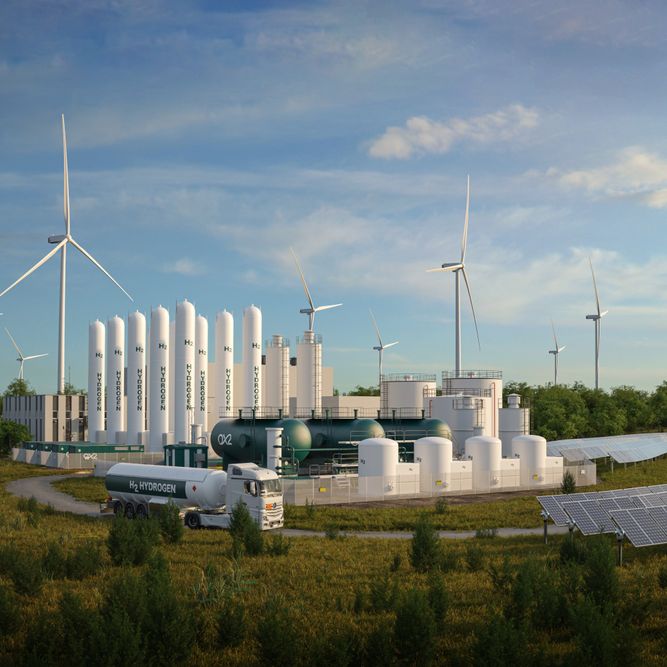Power-to-X
Power-to-X technologies have the potential to play a pivotal role in the transition to a more sustainable and low-carbon energy future, reducing our reliance on fossil fuels and mitigating the impacts of climate change.
Power-to-X encompasses a range of processes that convert renewable electricity, often from sources like wind or solar, into other forms of energy or valuable chemical products.
One common form of Power-to-X is Power-to-Hydrogen, where electricity is used to electrolyse water, splitting it into hydrogen and oxygen. Hydrogen, a clean and versatile energy carrier, can be used in various sectors, including transportation, industry, and power generation. Renewable hydrogen can also be combined with carbon dioxide (CO2) to produce green synthetic fuels like methane or even converted into ammonia.
One of the key advantages of Power-to-X is its ability to address the intermittency of renewable energy sources. By converting surplus electricity into storable fuels or chemicals, Power-to-X provides a means to balance energy supply and demand, making renewable energy more reliable and versatile.
Power-to-X can also contribute to decarbonizing the so-called hard-to-abate sectors, which represent approximately one third of global CO2 emissions. These sectors are hard to decarbonize because there are processes there which we cannot electrify efficiently – rather than using green electricity directly, these sectors can use green molecules to decarbonize their energy use.
OX2 and Power-to-X
New technology
Power-to-x is a relatively new technology for us, and we see great potential for it in our markets and for integration with our renewable energy generation projects.
Portfolio
OX2 is developing a portfolio of Power-to-X projects, with focus markets in the Nordics.
Offshore wind and oxygenation
We are planning for the large-scale production of hydrogen also in connection with several offshore wind projects. Here, we are exploring opportunities, in conjunction with production of hydrogen, to oxygenate parts of the Baltic Sea floor, contributing to biodiversity and restoring natural ecosystems.
